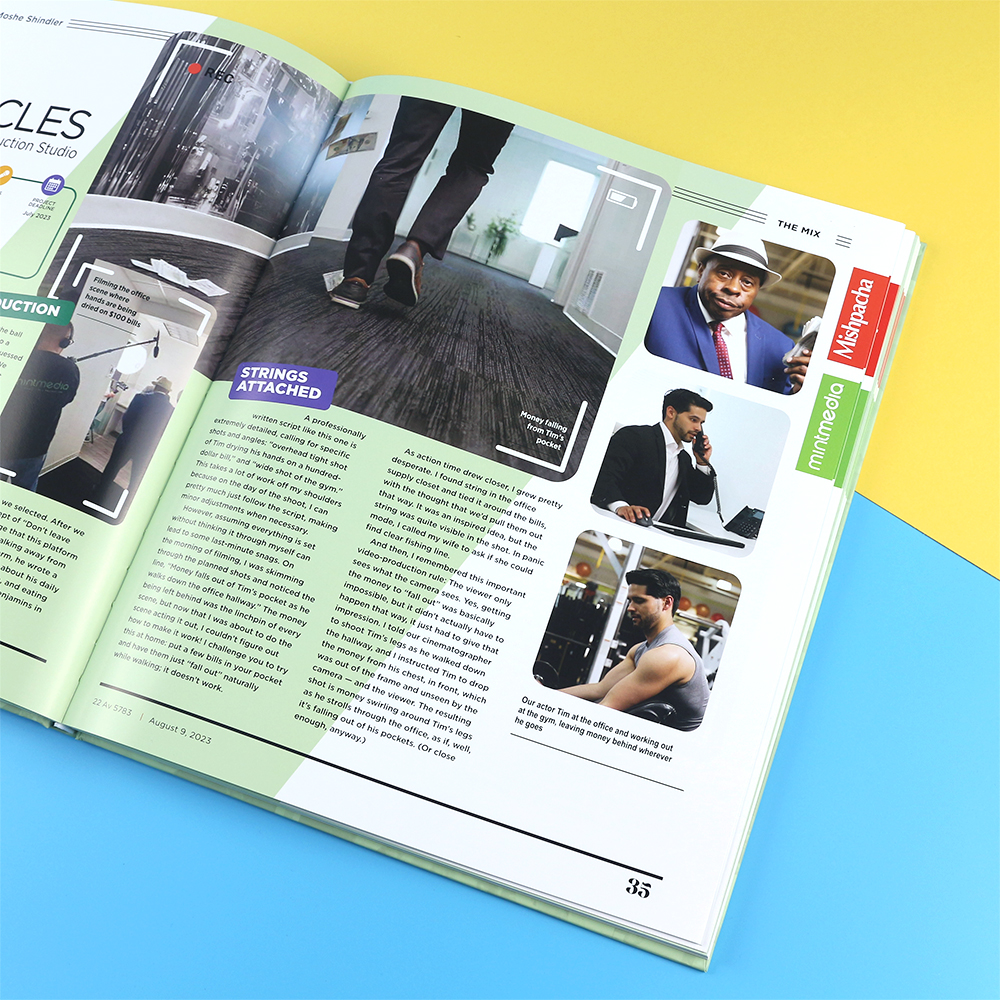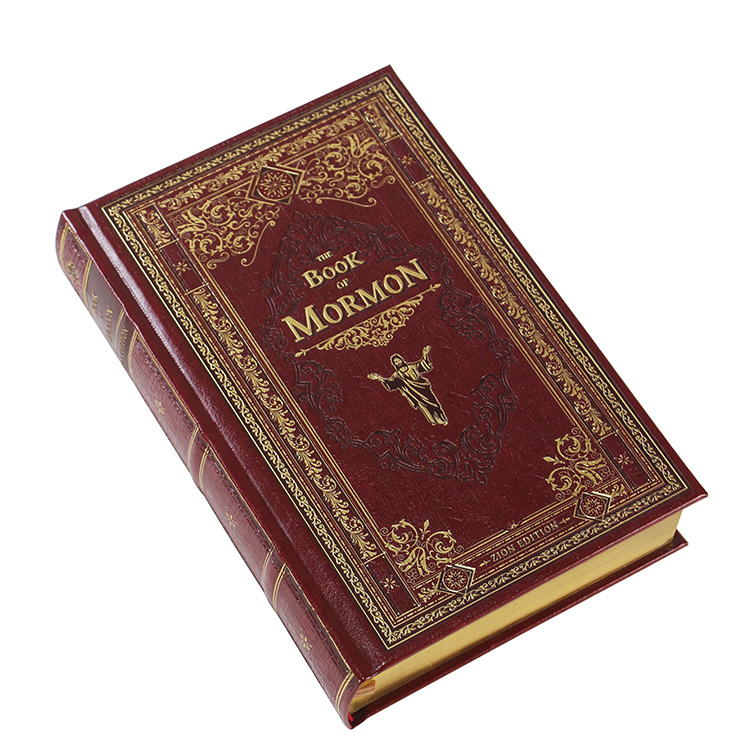Zakaj so nekatere izdaje s trdimi platnicami veliko cenejše od izdaj z mehkimi platnicami
The pricing of books has always been a complex and sometimes puzzling subject for readers. While hardcover books are traditionally considered more expensive due to their sturdy materials and higher production costs, there are instances where hardcover editions are priced much lower than their paperback counterparts. This pricing anomaly can confuse readers, especially when it seems counterintuitive that a hardcover—typically a premium edition—might cost less than a paperback. So, why does this happen?
In this article, we’ll explore the various reasons behind this phenomenon, including marketing strategies, production costs, demand fluctuations, and retail pricing tactics. By understanding these factors, we can gain deeper insights into how publishers, retailers, and manufacturers determine the price of hardcover and paperback editions, and why the relationship between the two isn’t always as expected.
Kazalo
Introduction: The Puzzle of Book Pricing
For avid readers and casual book buyers alike, the price difference between hardcover and paperback editions is often a point of confusion. Generally speaking, hardcover editions are produced with higher-quality materials—thicker covers, better binding, and often glossy pages. These elements contribute to a more expensive production process. On the other hand, paperback editions are made with cheaper materials, and they’re generally seen as a more affordable alternative to their hardcover counterparts.
However, in some cases, the reverse happens: hardcover editions end up being priced cheaper than their paperback editions. While this might seem counterintuitive, it’s actually a result of several factors related to market strategy, production economics, and the specific demands of the book industry.
In this article, we’ll break down the key factors that influence book pricing and explain why some hardcover editions are more affordable than paperbacks.
Market Strategy: Why Publishers Use Hardcover Pricing to Their Advantage
One of the primary reasons that hardcover editions may be priced lower than paperback editions is due to the publishers’ marketing strategy. Publishers often use hardcover pricing as a way to attract readers, clear out inventory, or generate buzz around new books.
Clearance Strategy:
Sometimes publishers will price hardcover editions lower to quickly move inventory. This could happen when a book has been on the market for some time and they want to make space for newer titles. If a hardcover edition is no longer in high demand, offering it at a lower price can entice readers to make a purchase, even if the book isn’t as popular as when it was first released.
Encouraging New Titles:
In other cases, publishers may price hardcover books lower to attract attention to new authors or titles. A lower price can make it more appealing for buyers to take a chance on a new release. By pricing the hardcover edition affordably, publishers can entice readers who might otherwise shy away from a full-priced hardcover.
Production Costs: How Large Print Runs Affect Book Prices
One of the most significant factors influencing the price of a book is the cost of production. While hardcover editions are generally more expensive to produce due to higher material costs, larger print runs can reduce the per-unit cost significantly, making them cheaper than limited print runs of paperback editions.
Economies of Scale:
When a publisher orders a large quantity of hardcover books, the cost per unit decreases as fixed costs (such as setup, printing, and binding) are spread across a larger number of books. If a book is produced in bulk, publishers can afford to sell it at a lower price, even if it’s a hardcover.
Limited Print Runs for Paperbacks:
In contrast, paperback editions often have smaller print runs, especially for niche books or limited editions. With fewer copies being produced, the cost per unit remains higher. This could drive up the price of the paperback, even if it’s technically a less expensive type of book to produce in comparison to a hardcover.
Demand and Popularity: The Role of Supply and Demand in Book Pricing
The law of supply and demand plays a crucial role in determining book prices. If the demand for a paperback edition of a book is higher than for the hardcover, the publisher might increase the price of the paperback in order to capture more revenue from the high demand. On the flip side, if the hardcover edition isn’t selling as well, the publisher may discount the hardcover to make it more appealing to consumers.
Market Demand:
If a book is a bestseller, retailers may be less likely to offer discounts on the paperback edition, especially if the demand is high. This can lead to higher prices for paperbacks. For hardcover editions, especially for older titles, discounts may be offered to help maintain sales and prevent overstocking.
Retail Pricing Strategies: The Influence of Bookstores on Pricing
Retailers, both online and brick-and-mortar, have a significant influence on the final price of a book. Retail pricing strategies can differ greatly depending on the book, the season, and the retailer’s promotional goals.
Discounting Hardcovers:
Retailers often discount hardcover editions more aggressively to draw customers into their stores or online platforms. For instance, during the holiday season or a special promotion, stores might offer hardcover editions at a significant discount to boost foot traffic and increase sales volume.
Price Matching and Bundling:
Retailers may also use price-matching strategies, where they reduce the price of a hardcover to compete with paperback editions on rival sites. Additionally, bookstores might bundle a hardcover with other products, like exclusive merchandise or a signed edition, making the deal seem more attractive.
Promotions and Sales: How Temporary Deals Can Alter Prices
Another reason why some hardcover editions may be cheaper than paperbacks is the use of promotional pricing. Publishers and retailers often offer discounts on certain books, including hardcovers, during special sales events, such as Black Friday or bookstore clearance sales.
Temporary Price Drops:
Some hardcover editions may be temporarily discounted to generate buzz or encourage readers to buy. These promotional discounts can make hardcovers more affordable than paperbacks, even if the latter is generally considered the less expensive option. Such promotions can be used to clear out older stock or to promote a new release that has not yet reached widespread popularity.
Format Differences: When Special Editions Play a Role
In certain cases, special edition hardcovers—such as illustrated editions, anniversary editions, or collector’s items—may be priced lower than a standard paperback. This can happen if the perceived value of the special edition is not as high in comparison to the regular paperback edition due to marketing decisions or production constraints.
Special Editions and Their Price:
For example, a limited-edition hardcover may include features like additional artwork or a custom cover, which might lead the publisher to price it more competitively to appeal to collectors or niche audiences. If the paperback edition has more popular, traditional formatting and features, it could be priced higher, even though the hardcover may cost more to produce.
Why Does the Pricing Dynamic Change for Older Titles?
Older titles, especially those that have been in circulation for a while, may see a pricing change due to their popularity or limited availability. Publishers often adjust prices based on the remaining stock of a title or to capitalize on current demand.
Out-of-Print Editions:
When a hardcover edition goes out of print and only a few copies remain, the price can increase due to scarcity. However, if the publisher still has stock of the hardcover, it might lower the price to sell it quickly and create space for new editions. Meanwhile, the paperback may be priced higher due to ongoing demand or limited availability.
The Role of Hardcover Editions in Long-Term Book Sales
Hardcover editions are often released before paperback editions, especially for new and highly anticipated titles. They are designed to cater to a specific market—namely, collectors and early adopters—who are willing to pay a premium for the first edition.
However, once the initial buzz wears off, hardcover editions may be priced lower in an attempt to move unsold inventory or create more competitive pricing compared to the paperback version, which may now be in higher demand.
Conclusion: Understanding the Price Relationship Between Hardcover and Paperback Editions
While hardcover editions are generally more expensive to produce, their pricing can sometimes be lower than that of paperback editions due to strategic decisions made by publishers, retailers, and manufacturers. Factors such as market strategy, production economies of scale, demand fluctuations, and promotional discounts all contribute to this pricing dynamic. By understanding these factors, readers can better navigate the sometimes perplexing world of book pricing and make more informed purchasing decisions.
pogosta vprašanja
Q1. Why are hardcover books sometimes cheaper than paperback editions?
A1: Hardcover editions can be cheaper than paperback editions due to factors such as promotional pricing, large print runs that reduce production costs, and retail discounts. Publishers may also price hardcovers lower to encourage sales or clear out inventory.
Q2: Are hardcover books always more expensive to produce than paperbacks?
A2: Generally, yes. Hardcover books tend to have higher production costs due to the materials and binding. However, if a hardcover book is produced in large quantities, the per-unit cost can decrease, making it more affordable to sell at a lower price than a paperback.
Q3: How do publishers decide the price of a hardcover versus a paperback?
A3: Publishers consider various factors when pricing books, including production costs, market demand, promotional strategies, and retailer pricing. Hardcover editions may be priced lower in some cases to attract buyers, clear inventory, or compete with high-demand paperbacks.
Knjigotisk
Novi izdelki
Zadnji blog

Zakaj so nekatere izdaje s trdimi platnicami veliko cenejše od izdaj z mehkimi platnicami
Cene knjig so bile za bralce vedno zapletena in včasih begajoča tema. Medtem ko knjige s trdimi platnicami tradicionalno veljajo za dražje zaradi trdnih materialov in višjih proizvodnih stroškov
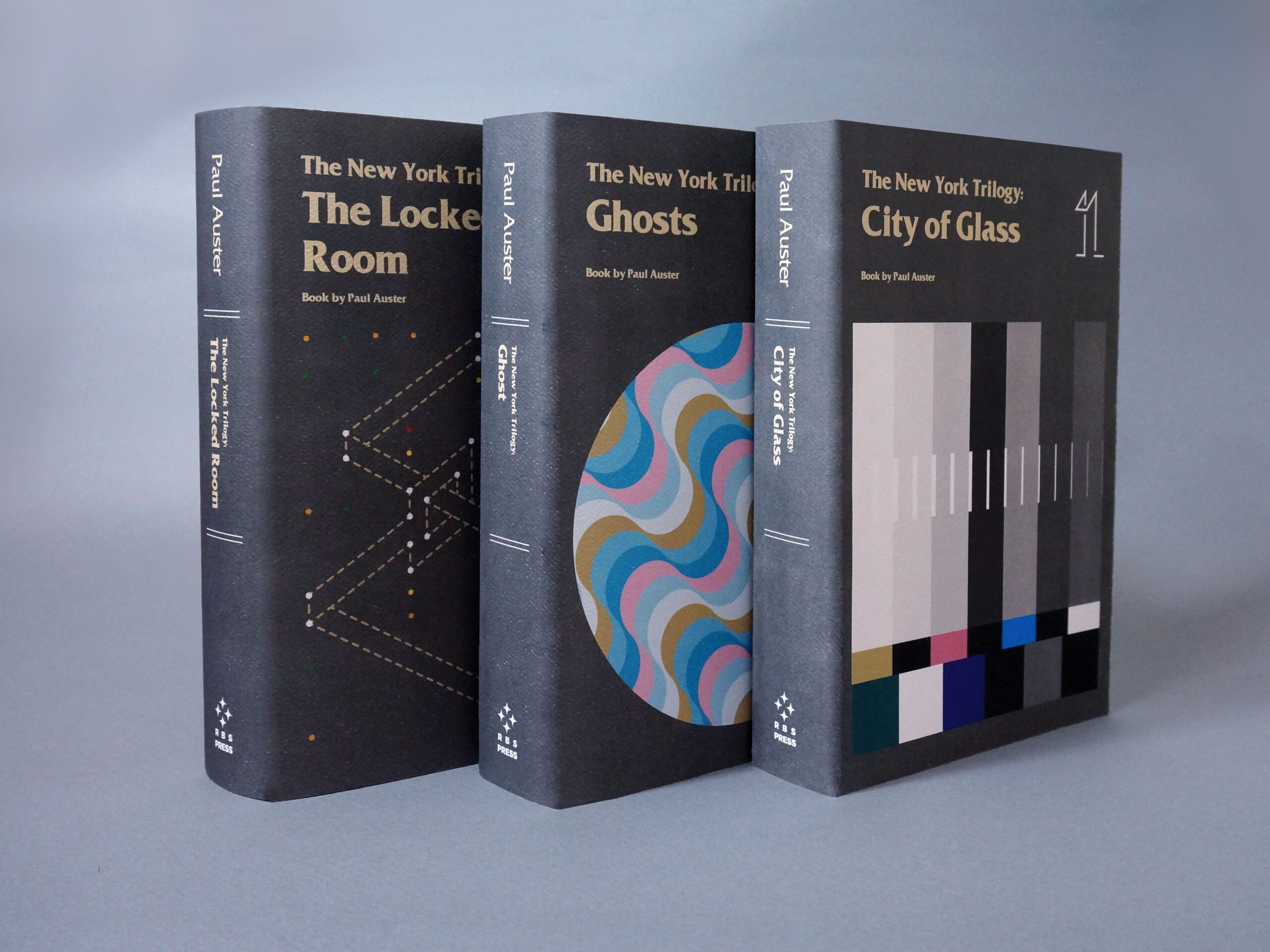
Moč tiskanja knjig po meri
Če se podajate v samozaložništvo, bo ena vaših glavnih skrbi iskanje ekonomičnih možnosti za tiskanje knjig
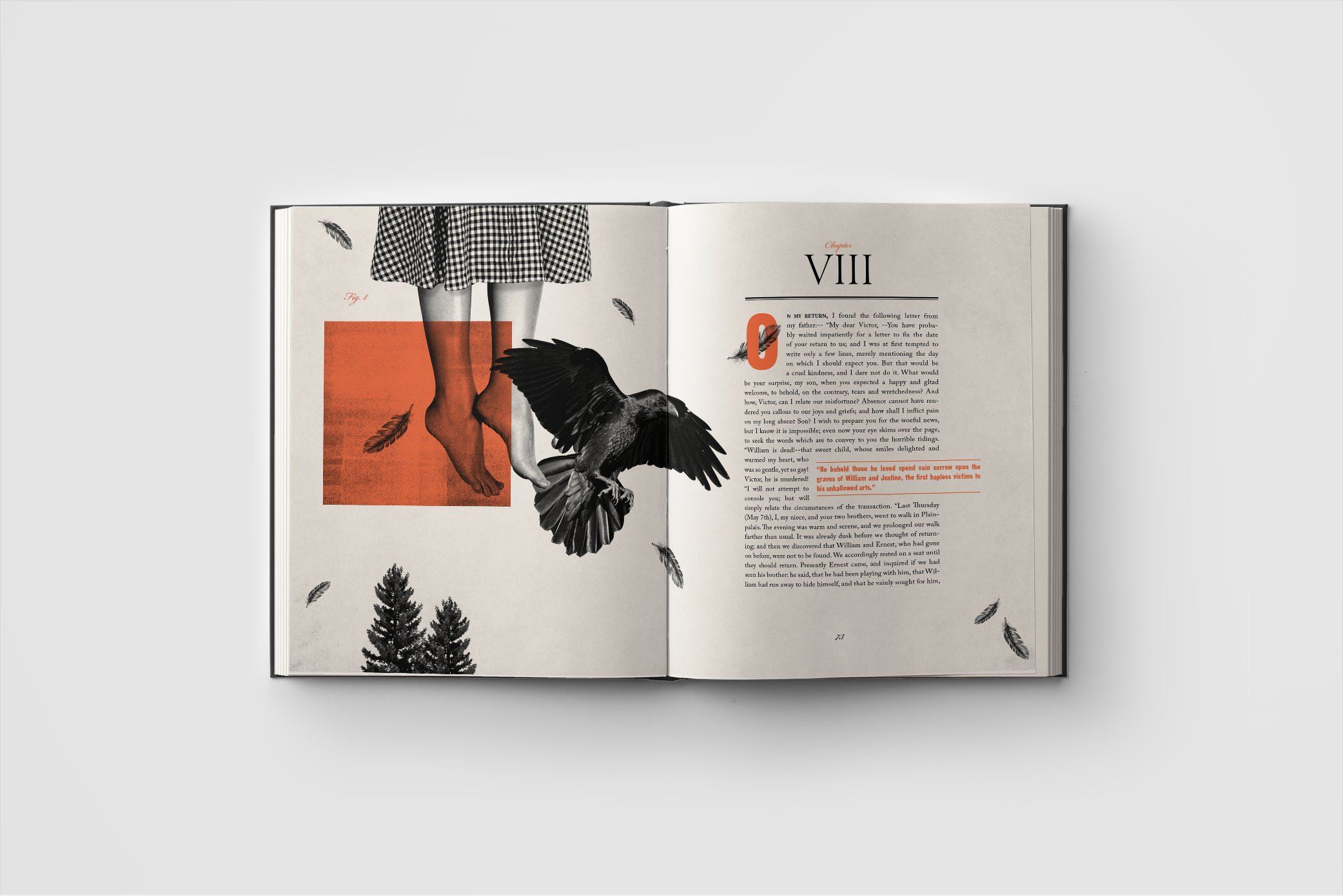
Katera država je najcenejša za tiskanje knjig?
Izbira mesta tiskanja knjige je lahko velika odločitev, zlasti za tiste, ki želijo uravnotežiti stroške, kakovost in priročnost.
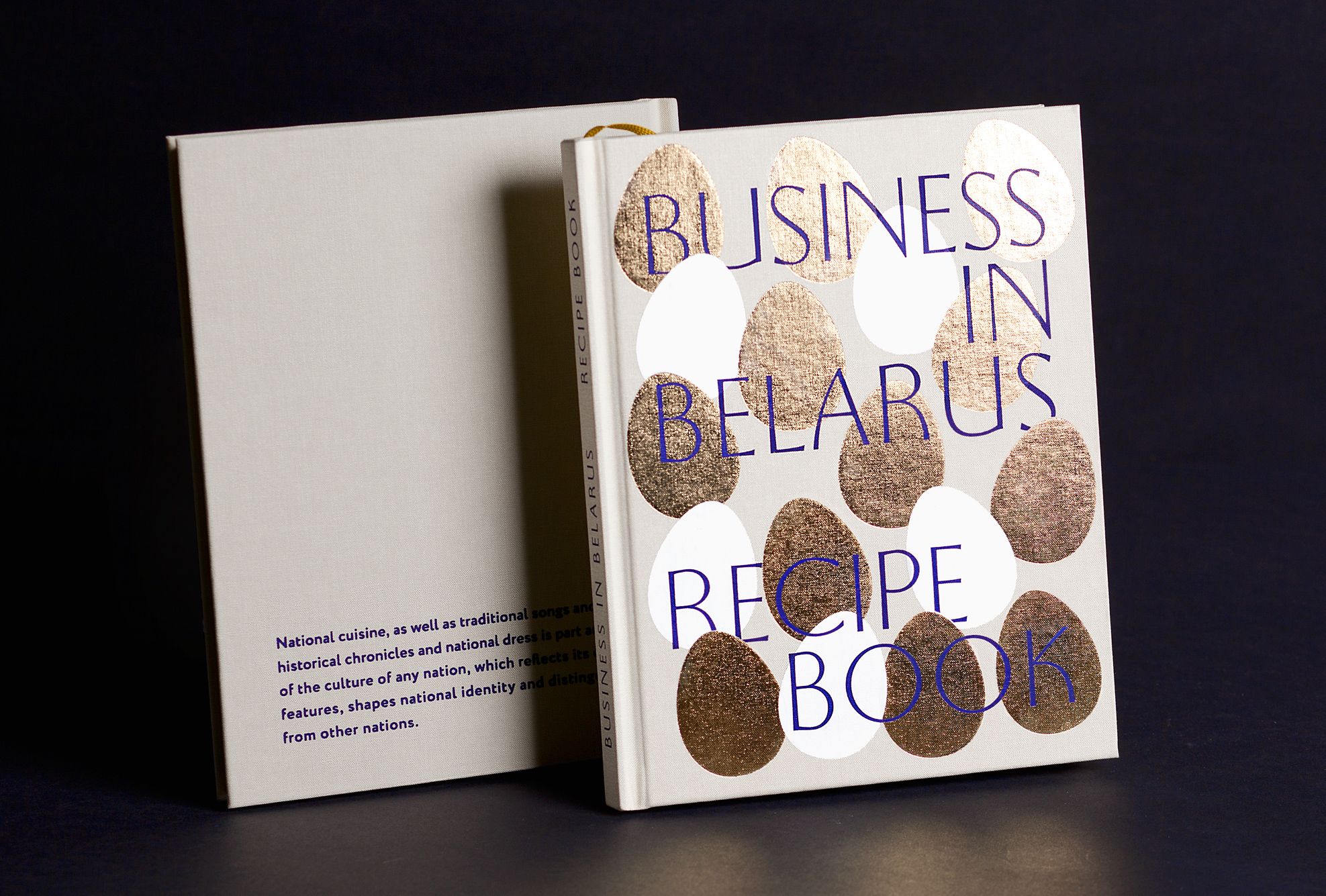
Kako izbrati najboljšo tovarno tiska knjig po meri na Kitajskem
V današnji digitalni dobi je število storitev tiskanja knjig po meri eksponentno naraslo, vsaka ponuja široko paleto možnosti, ki ustrezajo različnim potrebam. Ne glede na to, ali želite natisniti osebno knjigo,
Kontaktirajte nas
- +86 13946584521
- info@booksprinting.net
- 8:00 - 22:00 (pon - ned)
Komentarji
Sorodni blog
Poiščite najnovejše trende in splošno znanje na področju tiskanja knjig.

Moč tiskanja knjig po meri
Če se podajate v samozaložništvo, bo ena vaših glavnih skrbi iskanje ekonomičnih možnosti za tiskanje knjig
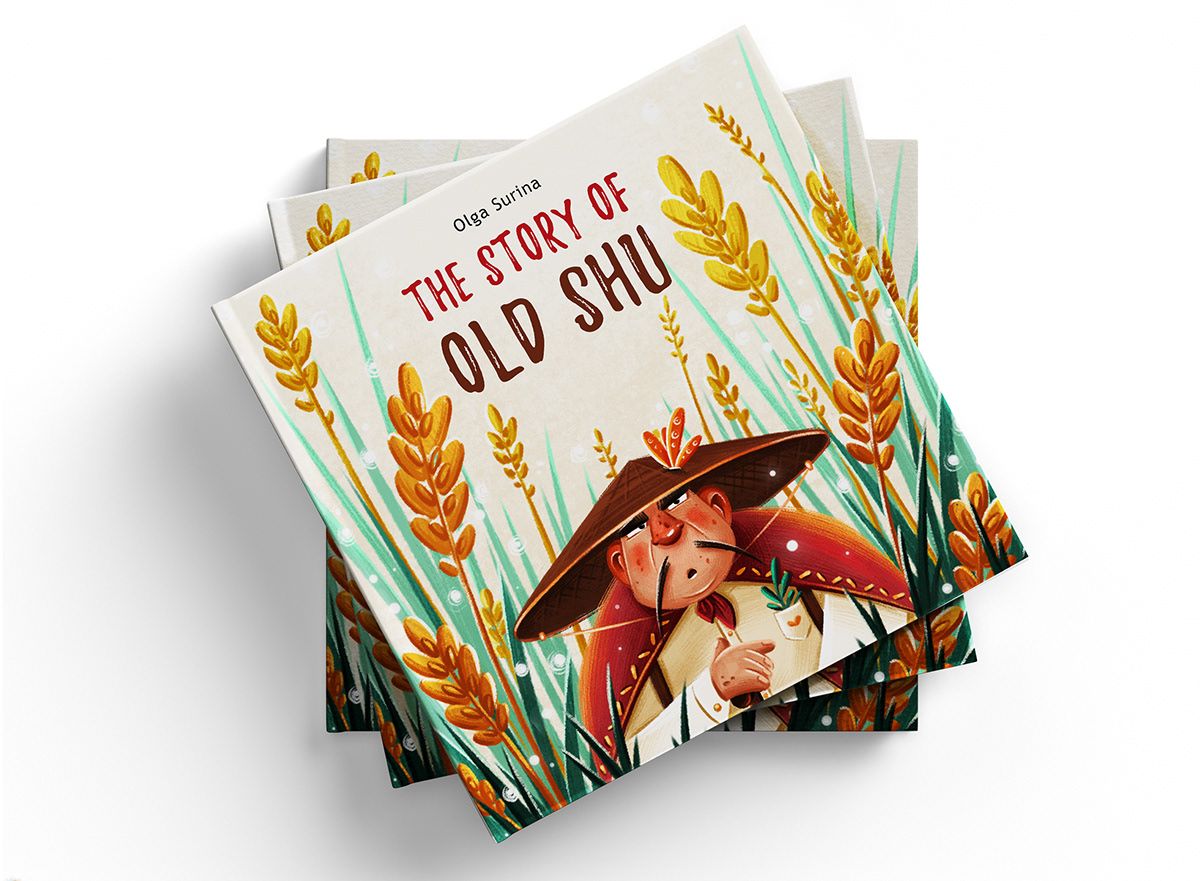
Koliko stane natis otroške knjige?
Objava otroške knjige je vznemirljivo potovanje, ki avtorjem omogoča izmenjavo zgodb, spodbujanje domišljije in izobraževanje mladih umov. vendar

koliko stane tiskanje knjige
Ko se lotijo tiskanja knjig, je eno prvih vprašanj, s katerimi se soočijo avtorji in založniki, koliko stane natis knjige? Stroški tiskanja knjig se lahko zelo razlikujejo glede na številne dejavnike, kot so vrsta knjige, količina natisa,
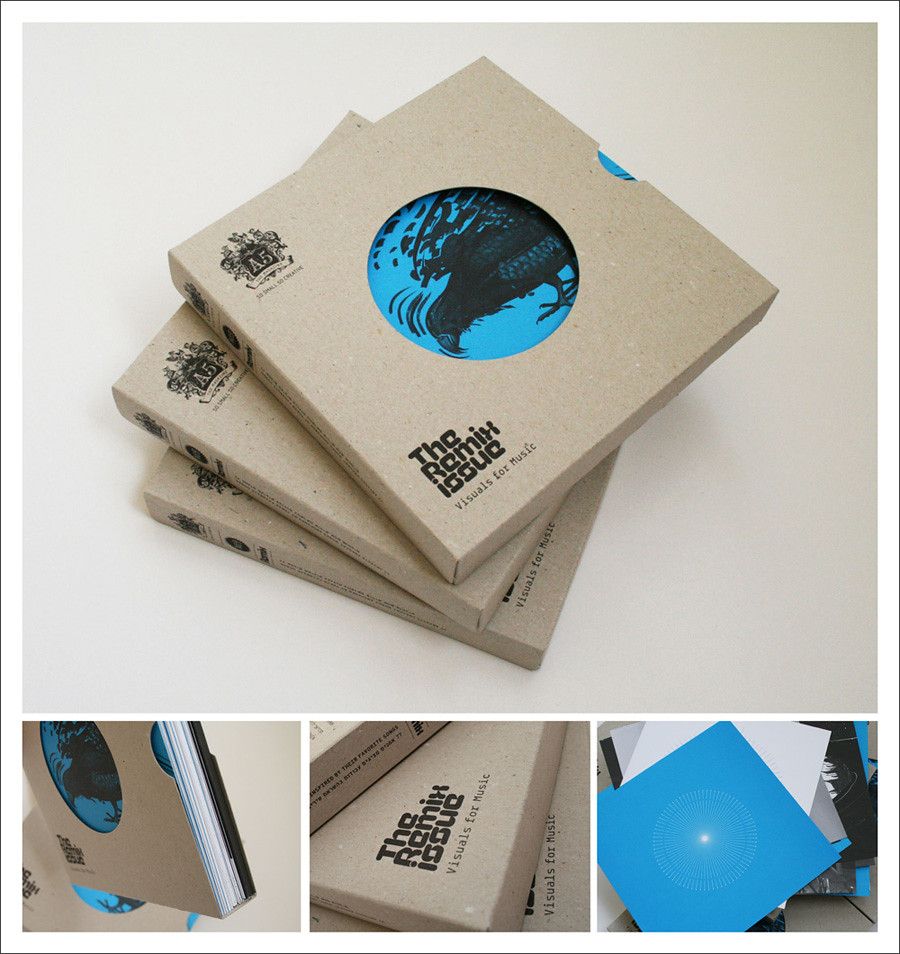
Koliko stane tiskanje knjige z mehkimi platnicami na 200 straneh?
Kot predana tiskarna knjig se zavedamo, da je pot samozaložbe lahko vznemirljiva in zastrašujoča,

